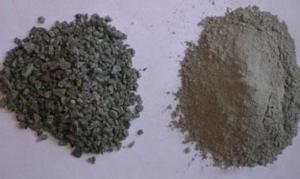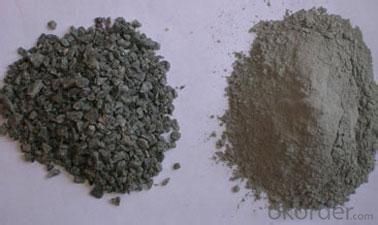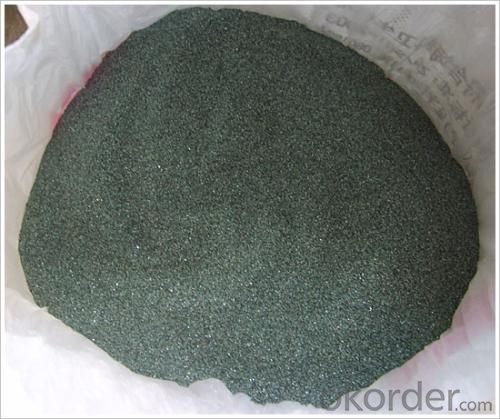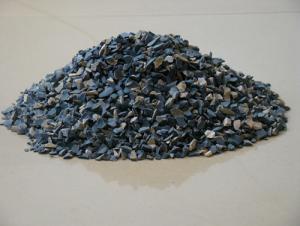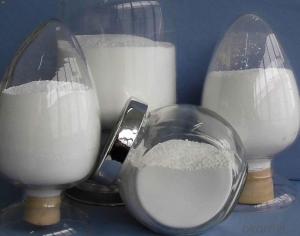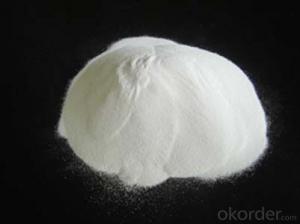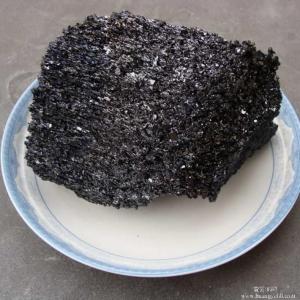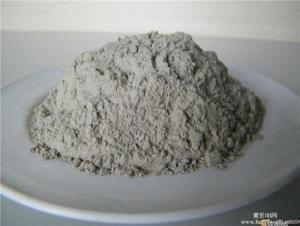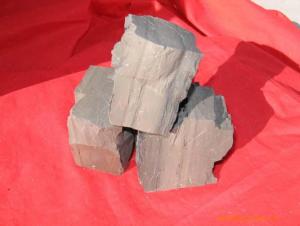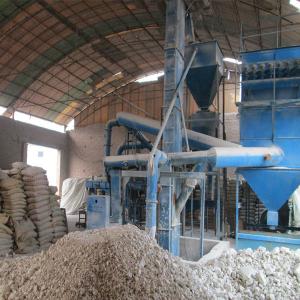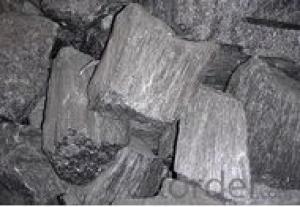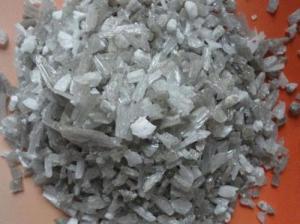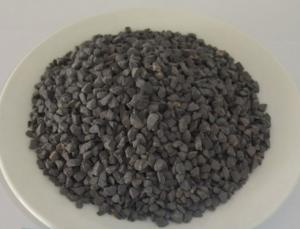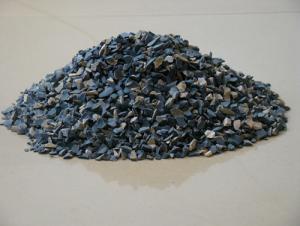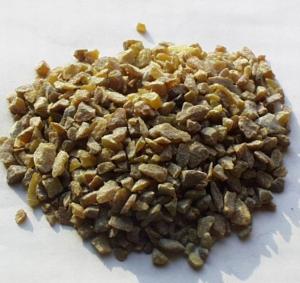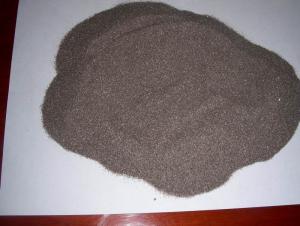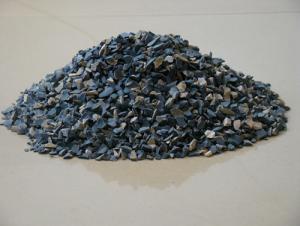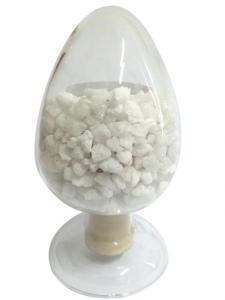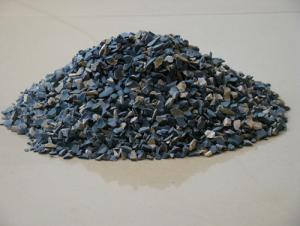Raw Materials for Refractory:Sintered Mullite 45 with Low Iron and Competitive Price
- Loading Port:
- Qingdao
- Payment Terms:
- TT or LC or DP
- Min Order Qty:
- 25 m.t.
- Supply Capability:
- 1000 m.t./month
OKorder Service Pledge
OKorder Financial Service
You Might Also Like
Quick Details
· Place of Origin: Henan, China
· Shape:particle or powder
· Material:SIC
· Al2O3 Content (%): 44min
· Fe2O3Content (%): 1max
· K2O Content (%): 1.5max
· NA2O Content (%): 0.3max
· BD (G/CM3): 2.4min
· Model Number:Customer's Requirement
· Brand Name:CMAX
· Application:Metallurgy or Refractory
· Product name:Sintered mullite
· Color:Grey and brown
· Size:100MESH/200MESH/0-1MM/1-3MM/3-5MM/0-40MM or as customer's request
· Certificate:ISO9001
· Usage:Refractory
· Type:Refractory raw materials
· shape:particle or powder or clinker
· Packaging Details:Bags/In bulk/As costomer's requirement'
Quality assurance:
1.On a regular basis or as per your request,we entrust national testing agencies to conduct quality inspections
2. Strictly in accordance with the ISO9001-2008 international quality system standard,we monitor and manage the whole process throughout production,quality testing,and measurement to ensure product quality
FAQ:
Q: What kind of payments does your support?
A: T/T, L/C, Cash are accepted.
Q: Do you charge for the samples?
A: Accordeing to our company policy, the samples are free, we only charge the freight fee. And we will return the freight fee during the next order.
Q: Can you produce according to customers' design?
A: Sure, we are professional manufacturer.
Q: Do you have pictures?
A: Yes, please check the pictures:
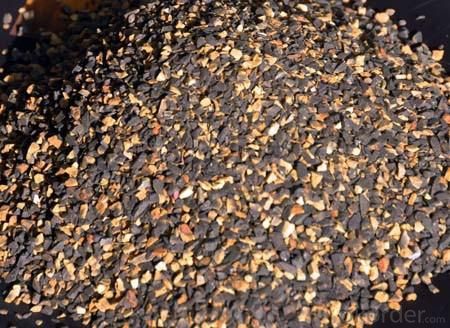
- Q: How to distinguish the fire resistant level of the rubber and plastic thermal insulation material?
- It is divided into level A, B1, B2 and B3. According to the current "burning behavior of building materials classification method", Level A insulation material is a non-combustible material, which belongs to YT. However, from the point of view of the current market , level A insulation material are very few, only glass wool, rock wool board, foam glass and vitrified micro bead. However, compared with level A insulation material, the more welcomed by the market is the organic insulation material. This is characterized as thermal insulation material, which is divided into three levels: level B1 is flame retardant, level B2 is flammable and level B3 is flammable. The level B1 nonflammable thermal insulation material is determined according to the fire endurance of the material. And different parts of the material are divided differently! Such as the common EPS / XPS insulation boards through special treatment of adding flame retardant. . Level B2 combustible insulation material is commonly the EPS expanded polystyrene foam insulation board and XPS board, that is, the ordinary plate. This material has low ignition point, and releases large amounts of harmful gases in the combustion process . Level B3 flammable insulation material is commonly the thermal insulation material taking polystyrene foam as the main material. Since this material is highly flammable, it has been out of the external wall thermal insulation materials. As for the civil construction insulation materials, China's current popular building insulation materials in the market are mainly made of three organic foams: EPS (molded polystyrene board), XPS (extruded polystyrene board) and PU (polyurethane).
- Q: Who knows what is the external wall thermal insulation materials for level A fireproofing?
- external wall thermal insulation materials level A fireproofing: Incombustible building material is a material that does not occur any burning. Class A1: Monomer inorganic non-combustible. Noncombustible means no open fire. Class A2: Non-flammable organic compound is namely composite materials and non-flammable, the amount of smoke must be qualified. Class B1: nonflammable building material: non-flame material has good flame resistance. It is difficult to fire under the condition of open fire in the air or high temperature, and it is not easy to quickly spread, and when the combustion?source is removed, the combustion will stop immediately. Class B2: combustible?building?materials: flame material has a good flame resistance. In case of fire in the air or at high temperature, it will immediately burst into flames, and easily lead to the spread of fire, such as wooden column, timber roof truss, timber beam and wooden stairs.
- Q: What kinds of refractory will be used in kiln of sintering ceramics?
- High alumina brick, clay brick, insulating brick and silicon carbide plate.
- Q: What refractories are accessible with ease in daily life?
- Basically there have all materials. But it depends on your needs.
- Q: Who knows what kind of fire prevention materials are there?
- 1, Fire-proof board Fire-proof board is the most frequently used materials in the market. There are two kinds of fireproof boards which are commonly used; one is the high pressure decorative board, which has the advantages of fire prevention, damp proof, abrasion resistance, oil resistance, easy cleaning, and more variety of colors and designs. The other one is a glass magnesium fire board, the outer layer of which is a decorative material, the inner layer of which is a mineral glass magnesium fire material. It can resist 1500-degrees high temperature, but not suit for decoration. The installation of fireproof ceiling in the exit passageway, stair well and corridor can ensure safety evacuation, and protect people from the spread of the fire. 2 Fire-proof door Fireproof door is divided into wooden fire proof door, steel fire proof door and stainless steel fire proof door. Usually the fire proof door is used for the opening of the firewall, the entrance to the staircase, the evacuation of the aisle, the openings of the pipeline and other parts of the building, and it has an important role in fire separation and reducing the loss from fire. 2 Fire resisting shutter I hope it may be helpful to you.
- Q: How to make fire resistant materials for building stoves
- Grand Theft Auto Vice City plus life code is what?
- Q: The difference between refractory and thermal insulation material
- In simple terms, refractoriness is different. The refractoriness of refractory is high while that of insulation material is low.
- Q: What are the requirements for the performance of refractory materials?
- Performance requirements for electric furnace lining refractory: 1, sufficient refractoriness and softening point. Because of eletric arc, the inner surface temperature of lining can be as high as 1500 to 1800 degree. 2, strong resistance to slag. Because the dust penetrate into the furnace through pore lining, and the refractory material subject to loss, leading to spalling. 3, good thermal and shock resistance. Because during steelmaking, opening door and lifting of the furnace will lead to sudden changes in the temperature of the furnace lining refractory material, so spalling and cracking may occur, damaging the lining premature. 4, enough strength, because the lining is impact during charging, tilted when vibration,and eroded by metal, slag and airflow. 5, the thermal conductivity shall be small, and the conductivity shall be low. The commonly used furnace refractories are dolomite brick, magnesia brick, high alumina brick, silica brick and magnesia ramming etc.. Because of different working conditions of the various parts of the furnace, the refractory materials are not the same.
- Q: What does refractory mean?
- Ordinary refractories are often used brick, semisilica brick, clay brick, high alumina brick, magnesia brick etc..Special materials often use AZS brick, corundum brick, magnesia chrome brick, silicon carbide, silicon nitride bonded silicon carbide, nitrides, silicides, sulfide, boride, carbide and other non oxide refractory materials; calcium oxide, chromium oxide, alumina, Magnesium Oxide, beryllium and other refractory materials. Often used insulation refractories are diatomite products, asbestos products, insulation panels and so onUnshaped refractory materials commonly used are fettling, refractory ramming material, refractory castable, refractory plastic material, refractory clay, refractory gunning, refractory cast material, fireproof coating, lightweight castable, mud etc..
- Q: How to divide the fire resistant level of construction thermal insulation materials?
- How to divide the fire resistant level of construction thermal insulation materials: Combining three versions of GB8624 (1997,2006,2011) external wall thermal insulation fire?rating can be basically divided into: A1, A2, B1, B2, B3 and other levels. There are many technical indexes for specific division, very professional and technical, so it is hard to say clear now. For details, please contact Qingdao Shanfang Instrument Company who is specialized in fire?rating tester for external wall thermal insulation materials.
Send your message to us
Raw Materials for Refractory:Sintered Mullite 45 with Low Iron and Competitive Price
- Loading Port:
- Qingdao
- Payment Terms:
- TT or LC or DP
- Min Order Qty:
- 25 m.t.
- Supply Capability:
- 1000 m.t./month
OKorder Service Pledge
OKorder Financial Service
Similar products
Hot products
Hot Searches
Related keywords
